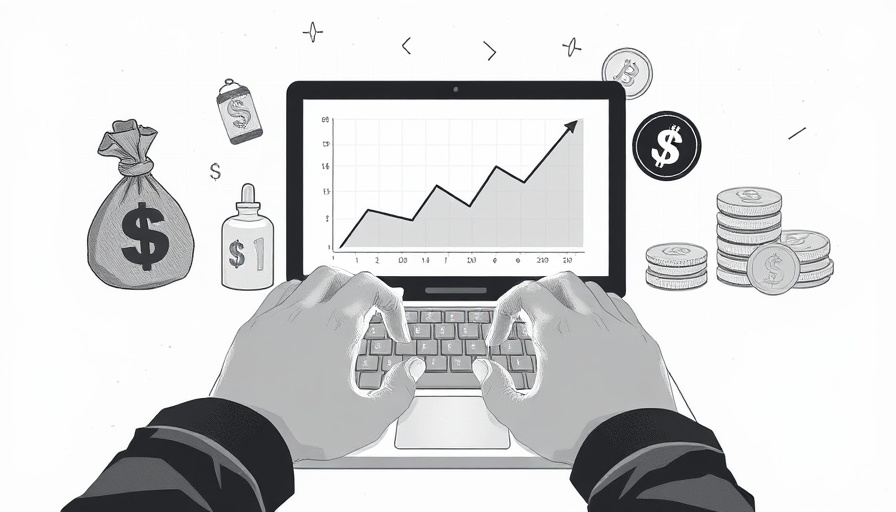
Understanding Paid Media in Marketing
Paid media refers to any marketing effort wherein businesses spend money to promote their brands or products. This can include search ads, social media promotions, display banners, and influencer partnerships. Unlike organic methods, where businesses wait for audiences to discover them naturally, paid media provides immediate visibility and control over marketing messages.
Why Paid Media Matters
Paid media is pivotal to a comprehensive marketing strategy. It ensures that your message reaches the target audience right when they need it. For instance, if you're aiming to increase sales, launching a targeted search ad can effectively drive immediate traffic to your online store. However, spending without purpose can lead to waste. Defining clear objectives is essential for the success of any paid media campaign.
Types of Paid Media
Several channels make up the paid media landscape, each serving distinct functions to cater to different marketing goals:
- Search Ads: These appear at the top of search engine results and are great for capturing intent-driven traffic. When someone searches for a product, a well-crafted search ad can lead them directly to your website.
- Social Ads: Platforms like Facebook and Instagram offer robust advertising options to engage users where they spend most of their online time. These ads can include image posts, videos, or carousel ads to showcase multiple products.
- Display Ads: If you want to increase brand visibility, display ads on websites can help in lasting impressions. These are typically banner ads that visually capture attention across various online platforms.
- Video Ads: Engaging content can be delivered through video ads on platforms like YouTube, effectively reaching broader audiences and driving engagement.
- Influencer Sponsorships: Partnering with relevant influencers can give your product exposure to dedicated followers, establishing credibility and expanding reach.
Understanding Earned and Owned Media
For a well-rounded approach, businesses must also recognize earned and owned media. Whereas paid media represents paid advertisements, earned media comes from organic sources such as customer reviews, PR coverage, and social shares. Owned media encompasses digital assets like websites, blogs, and email channels. A successful marketing strategy integrates all three, building synergies that can enhance overall effectiveness.
Combining Strategies for Better Results
Integrating paid, earned, and owned media creates a powerful marketing effect. For example, a paid ad might drive traffic to a landing page (owned media), which then encourages visitors to share it on social media (earned media). This cycle can significantly amplify your brand's reach, allowing the marketing efforts to have more influence and effectiveness.
Future Insights on Paid Media Trends
As the digital landscape evolves, companies must adapt to emerging trends. The future of paid media strategy relies heavily on data analytics and artificial intelligence. Tools that utilize machine learning can optimize ad placements and audience targeting in real-time, enabling a more personalized approach. Anticipating the intersection of technology and media is crucial for small to medium businesses looking to stay ahead in a competitive market.
Final Thoughts on Paid Media's Importance
Understanding and utilizing paid media effectively allows businesses to engage with customers in meaningful ways. By discerning the various types of paid media available and incorporating them strategically into their marketing plans, businesses can achieve their goals and ensure a higher return on investment.
 Add Row
Add Row  Add
Add 




Write A Comment